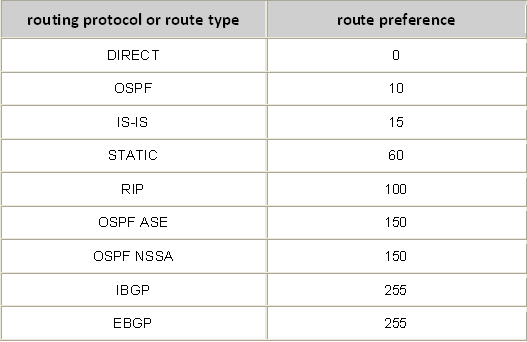To enable system debugging functions on Huawei’s device:
<labnario>debugging ? acl4 ACL4 module acl6 ACL6 module anti-attack Specify anti-attack configurations application-apperceive Set application-apperceive information arp ARP module arp-ping ARP-ping arp-proxy Arp proxy debugging functions atm ATM module bfd BFD module bgp BGP protocol bridge Bridge ce-ping Enable ce-ping debugging cfm CFM module cluster Cluster module ...
<labnario>debugging ip icmp
To send debugging information to terminal:
<labnario>terminal monitor Info: Current terminal monitor is on. <labnario>terminal debugging Info: Current terminal debugging is on.
To display which debugging functions are enabled:
<labnario>display debugging IP icmp debugging is on
 Labnario Huawei From Scratch
Labnario Huawei From Scratch

